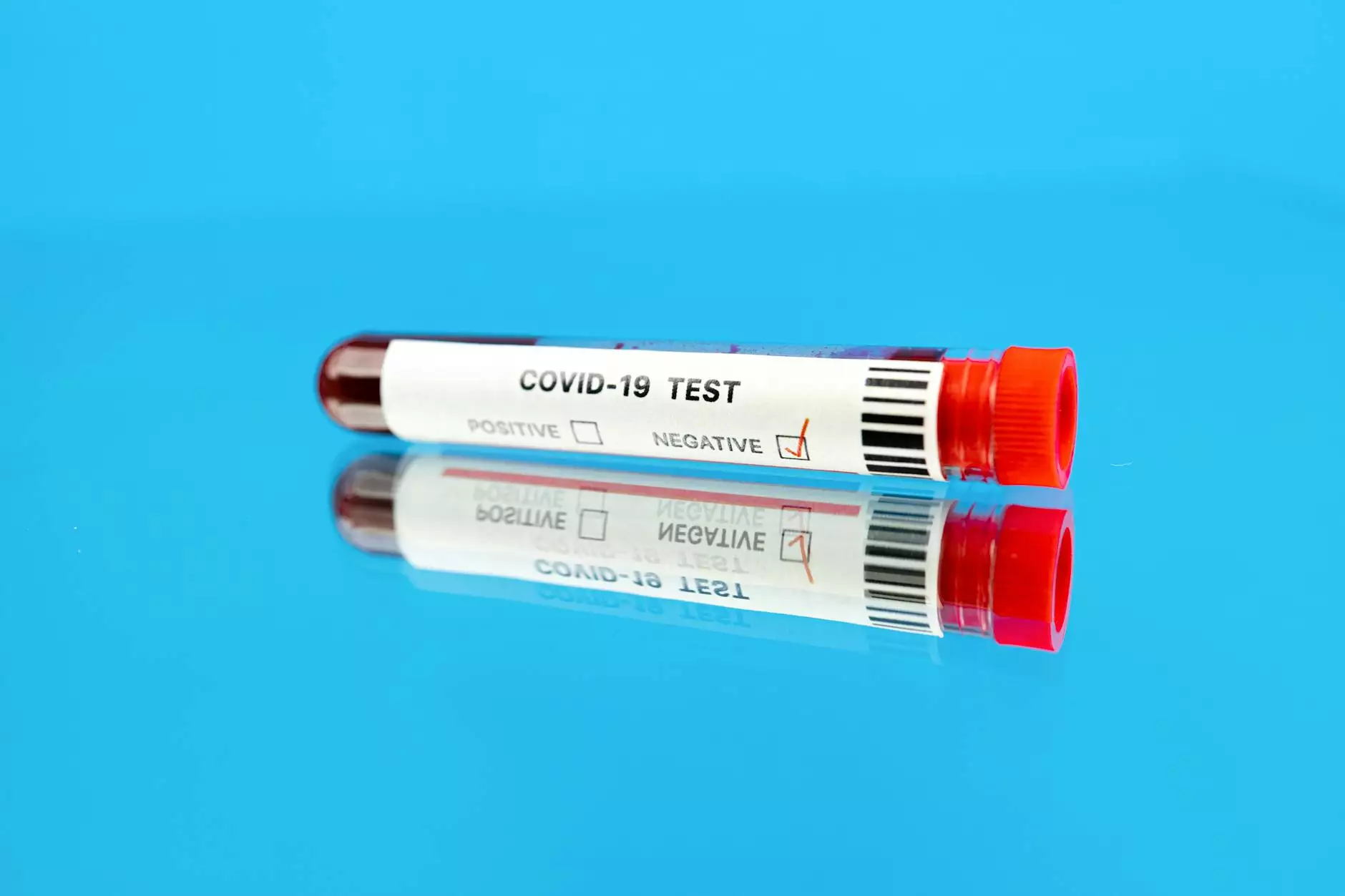Understanding External Shoulder Rotators: Your Guide to Health and Mobility

External shoulder rotators play a crucial role in maintaining the health and functionality of the shoulder joint. In the landscape of health and medical education, comprehending the anatomy and function of these muscles is essential for both healthcare professionals and individuals aiming to enhance their physical well-being. This comprehensive guide delves into the significance of external shoulder rotators, their anatomical structure, common injuries, rehabilitation exercises, and practical tips to optimize shoulder health.
The Anatomy of External Shoulder Rotators
Understanding the anatomy surrounding the shoulder provides insights into how external shoulder rotators contribute to overall mobility. The primary external shoulder rotators include:
- Infraspinatus: This muscle is located on the back of the shoulder blade and is vital for lateral rotation of the arm.
- Teres Minor: Situated below the infraspinatus, it assists in the external rotation of the humerus.
- Supraspinatus: Although primarily known for abduction of the shoulder, it also aids in stabilizing the shoulder joint and assists with rotation.
These muscles are part of the larger group known as the rotator cuff, which stabilizes the shoulder joint during various movements and activities. A healthy rotator cuff ensures proper functioning of the shoulder, enhancing mobility and reducing the risk of injuries.
Role of External Shoulder Rotators in Everyday Activities
The external shoulder rotators are integral to a range of everyday activities, from reaching overhead to throwing a ball. Their role can be emphasized in various contexts such as:
Sports and Physical Activities
In sports, particularly in throwing sports like baseball and tennis, the strength and coordination of the external rotators are critical. They help in the motion that generates power and accuracy in throwing. Weakness or imbalances in these muscles can lead to poor performance and increase the risk of injuries.
Daily Tasks
Everyday movements such as lifting grocery bags, brushing your hair, or even reaching for items on a high shelf require healthy shoulder rotation. Impairments in the external rotators can result in difficulties with these common tasks, highlighting the importance of shoulder health.
Common Injuries Affecting External Shoulder Rotators
With the pivotal role that external shoulder rotators play, they are susceptible to various injuries. Understanding these injuries is crucial for effective prevention and treatment:
Rotator Cuff Tears
One of the most common injuries in athletes and older adults is a rotator cuff tear. This injury often results from repetitive overhead motions or acute trauma. Symptoms include pain, weakness, and a limited range of motion, primarily affecting the external rotators.
Shoulder Impingement Syndrome
This condition occurs when the tendons of the rotator cuff are intermittently trapped during shoulder movements. It is notably prevalent among individuals who engage in repetitive overhead activities. Symptoms include pain, especially when raising the arm.
Tendinitis of the Rotator Cuff
Inflammation of the rotator cuff tendons, known as tendinitis, can arise from overuse and lead to significant discomfort. This condition frequently affects the external shoulder rotators, necessitating targeted rehabilitation for relief.
Rehabilitation and Strengthening Exercises
Rehabilitation and strengthening exercises for the external shoulder rotators are essential for preventing injuries and enhancing shoulder functionality. Here are several effective exercises:
1. External Rotation with Resistance Band
This exercise effectively targets the external rotators. To perform the exercise:
- Attach a resistance band to a stable anchor at elbow height.
- Stand with your side to the anchor, holding the band with the arm closest to it.
- Keeping your elbow pressed against your side, rotate your arm outward, away from your body.
- Return to the starting position and repeat for 10-15 repetitions.
2. Lying External Rotation
Another beneficial exercise is the lying external rotation:
- Lie on your side with the affected shoulder on top and your elbow bent at 90 degrees.
- Keep your elbow stationary as you rotate your forearm upward towards the ceiling.
- Lower back down and repeat for 10-15 repetitions on each side.
3. Wall Angels
This exercise focuses on shoulder mobility and strength:
- Stand with your back against a wall and your feet a few inches away from it.
- Keep your arms raised in a “W” position against the wall.
- Slowly slide your arms up into a “Y” position, keeping your back and arms touching the wall.
- Return to the starting position and repeat for 10-15 repetitions.
Tips for Maintaining Healthy External Shoulder Rotators
Incorporating healthy habits into your lifestyle can significantly contribute to the well-being of your shoulder rotators. Here are some valuable tips:
- Warm-Up Before Activities: Before engaging in sports or physical activities, properly warming up the shoulder joint with dynamic stretches can prevent injuries.
- Incorporate Strength Training: Regular strength training that targets the shoulder muscles, including external rotators, enhances muscle balance and stability.
- Listen to Your Body: Be attentive to any discomfort or pain in the shoulder region. If you experience persistent pain, seek professional advice from a chiropractor or physical therapist.
- Maintain Proper Posture: Good posture reduces strain on shoulder muscles and helps maintain their integrity.
- Stay Hydrated: Adequate hydration supports joint lubrication and muscle function, significantly contributing to shoulder health.
Conclusion: Prioritizing Your Shoulder Health
In summary, the importance of the external shoulder rotators in achieving optimal shoulder function cannot be overstated. Understanding their anatomy, common injuries, and effective rehabilitation strategies empowers individuals to take charge of their health. By integrating preventive measures and targeted exercises, one can not only enhance shoulder mobility but also enjoy an active and fulfilling lifestyle.
For more information and resources on shoulder health and rehabilitation, visit IAOM-US, a trusted name in health and education.









